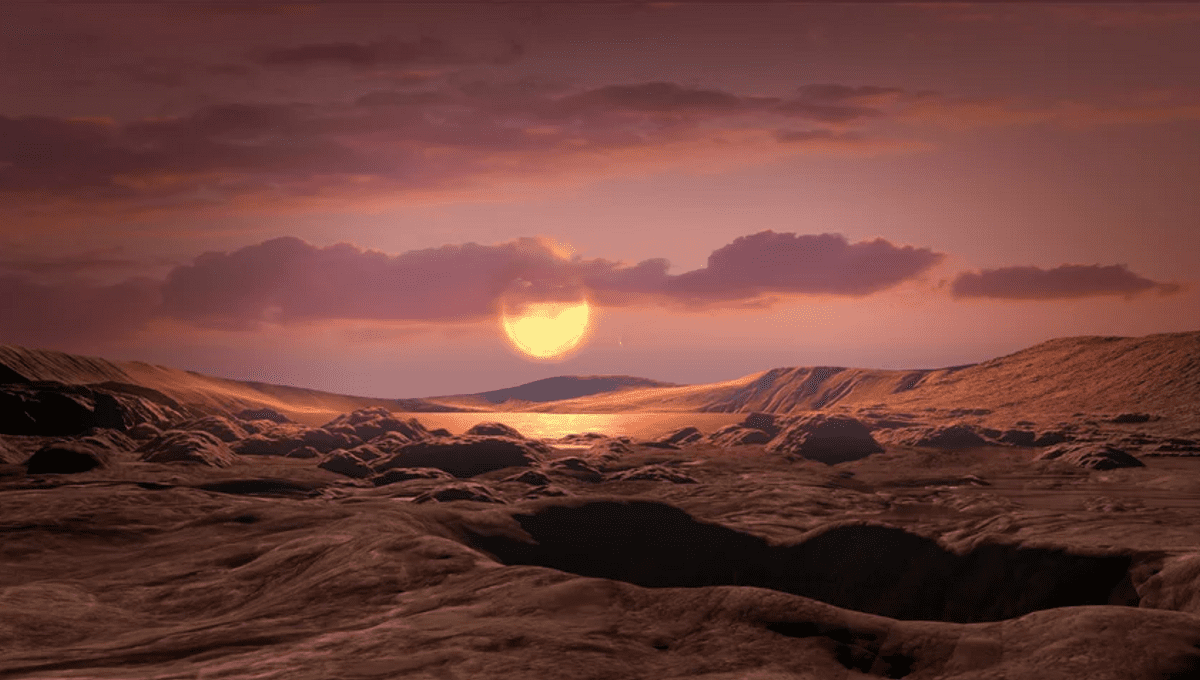
Astronomers have announced the discovery of a new rare Earth-sized exoplanet. Wolf 1069 b orbits its star in the habitable zone, where water can exist as liquid, vapor, and ice. Of the 5,000 confirmed exoplanets, it’s thought only around 60 might be rocky like Earth and in the habitable zone, but Earth-sized ones or smaller make up just one-fifth of that. Located just 31 light-years from Earth, Wolf 1069 b is the sixth-closest exoplanet that could be an Earth-analog.
The concept of an Earth-analog is an interesting one. Without knowing the exact requirements for life to emerge, the best guess usually boils down to recreating the environment of our own planet. If it happened here it could happen somewhere else as well, so astronomers look for Earth twins. Wolf 1069 b is not exactly a twin but it is close enough, making it an excellent candidate to search for life.
“When we analyzed the data of the star Wolf 1069, we discovered a clear, low-amplitude signal of what appears to be a planet of roughly Earth mass,” lead author Dr Diana Kossakowski of the Max Planck Institute for Astronomy said in a statement. “It orbits the star within 15.6 days at a distance equivalent to one-fifteenth of the separation between the Earth and the Sun.”
You might think at that distance the planet would be baked by its star, but Wolf 1069 is much smaller and weaker than our Sun. In fact, despite being so close to its star, Wolf 1069 b receives about 65 percent of the radiation Earth receives from the Sun. This proximity has another peculiar effect: the planet is likely tidally locked.
Just like the Moon always shows one face to Earth, this planet only shows one side to its star, meaning one side is in a perennial day and one is a never-ending night. Models suggest that if the planet is without an atmosphere, its temperature is -23°C ( -9.4°F) on the dayside – chilly for sure, but with an atmosphere, the average temperature would be 13°C ( 55.4°F), good enough for habitability.
Frustratingly, to confirm if the planet has an atmosphere, the researchers expect we’ll have to wait for the next generation of telescopes to be built, such as the Extremely Large Telescope (ELT) currently under construction. “We will probably have to wait another ten years for this,” Kossakowski said.
The study is published in the journal Astronomy & Astrophysics.
Source Link: New Earth-Sized Planet May Be Habitable, Although Half Is In Eternal Darkness